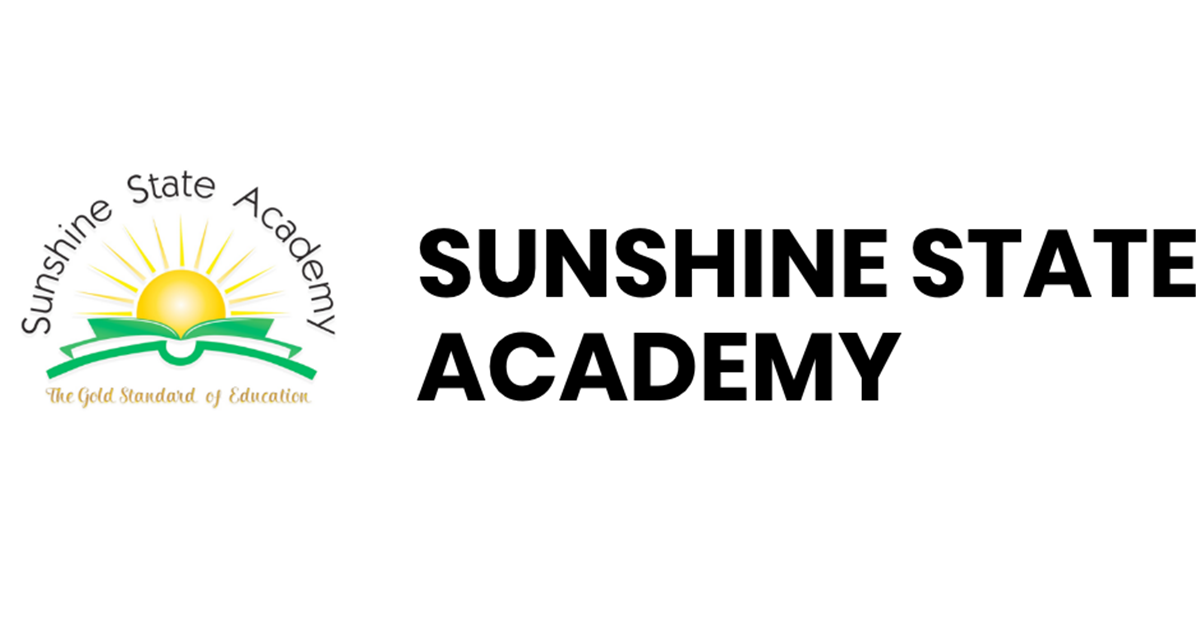Elementary School:
Gifted and Advanced Learning
Exclusively at Sunshine State Academy
Where Learning Comes to Life
We believe that gifted and advanced learners deserve an education that matches their capacity to think deeply, question critically, and explore creatively. Our exclusive Gifted and Advanced Learning Curriculum goes beyond standard instruction, offering an enriched academic experience that nurtures each child’s strengths and curiosity.
This program is not limited to students with formal gifted identification — it also welcomes those who show strong academic motivation, early mastery of skills, and a natural desire for deeper learning.
Elementary School is a transformative stage. We meet students where they are — and take them further.
Individual Attention
Every child is unique—and we’re here to guide, support, and celebrate their learning through each stage of growth.
Inspired & Future-Ready Learning
Our program challenges and inspires students to think deeply, stay curious, and build the skills they need to succeed—now and in the future.
Supportive Environment
We create a kind and caring space where children feel safe to explore, express themselves, and grow together.

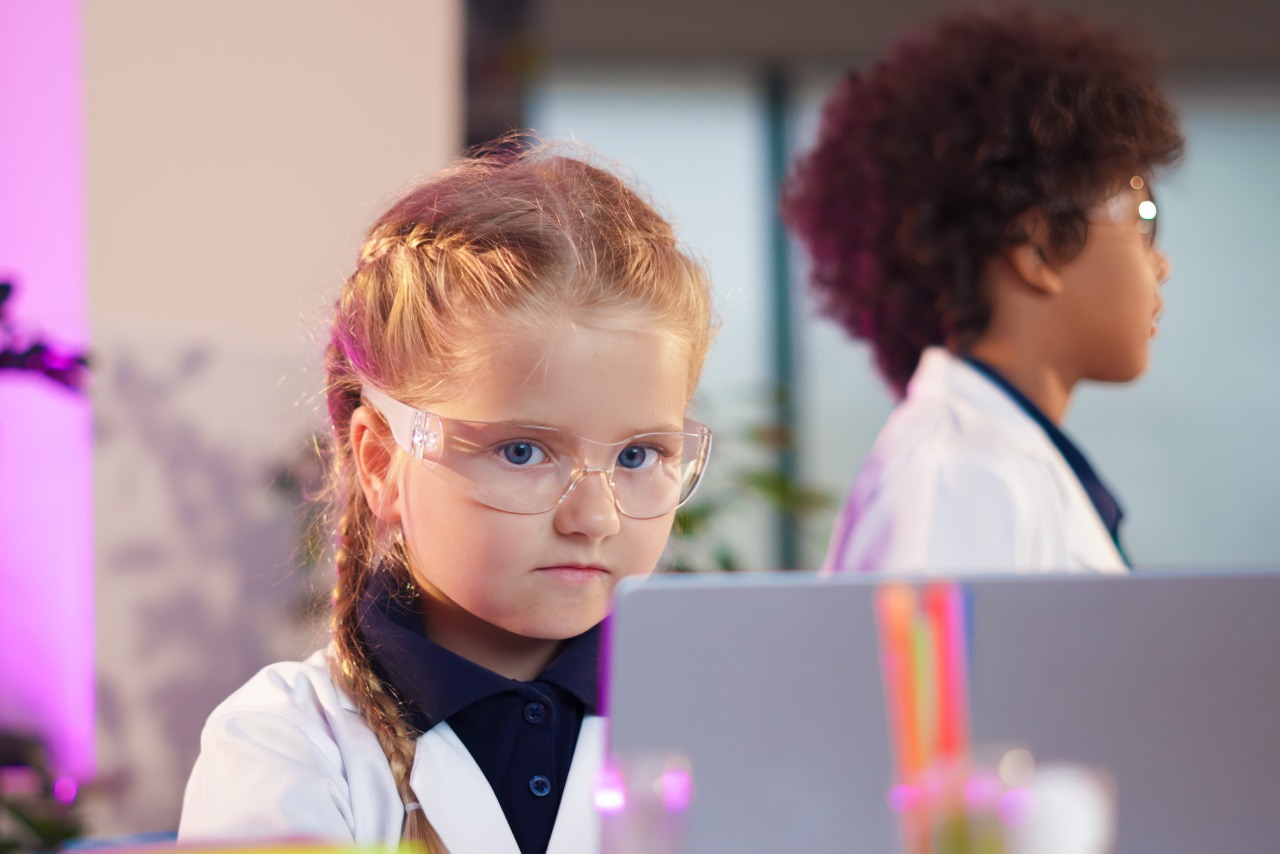
Advanced Learning
Literacy & Language Arts: Enrichment & Depth
At Sunshine State Academy, our advanced literacy curriculum encourages:
- Deep reading of poetry, classic literature, biographies, and historical texts.
- Discussions through Socratic seminars and student-led book studies.
- Writing with purpose: analytical essays, persuasive arguments, original stories, and research-based reports.
Progression:
- K–2: Early reading fluency, author studies, thematic interpretation.
- 3–5: Literary analysis, cross-text comparison, writing with voice and structure..
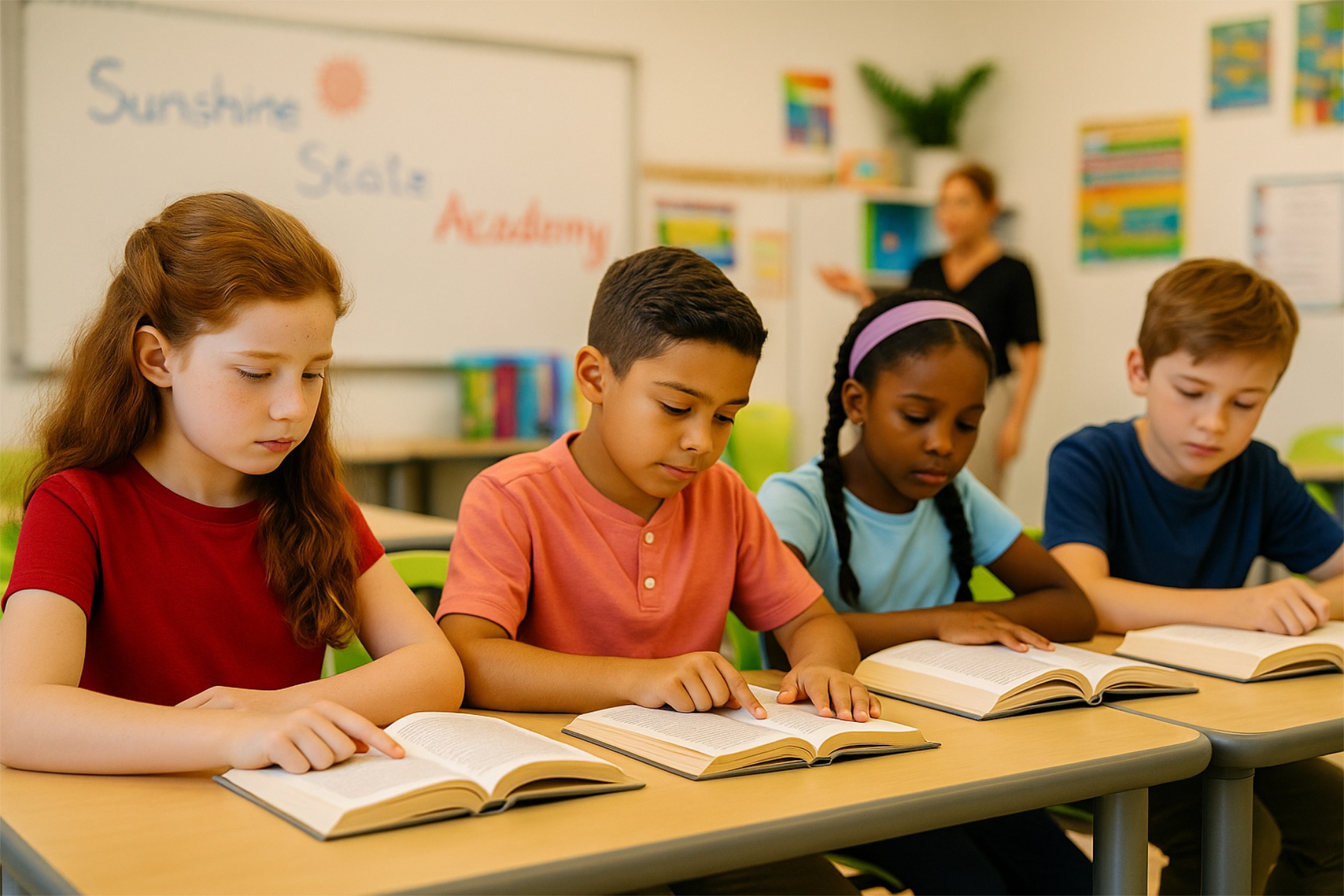
Mathematics: Accelerated and Abstract Thinking
Our math instruction compactly moves through grade-level standards and incorporates:
- Algebraic reasoning, number theory, and advanced problem-solving.
Application of math to real-world contexts (engineering, budgeting, coding). - Math competitions and project-based learning.
Progression:
- K–2: Conceptual understanding of operations and patterns.
- 3–5: Fractions, pre-algebra, graphing, and advanced geometry.
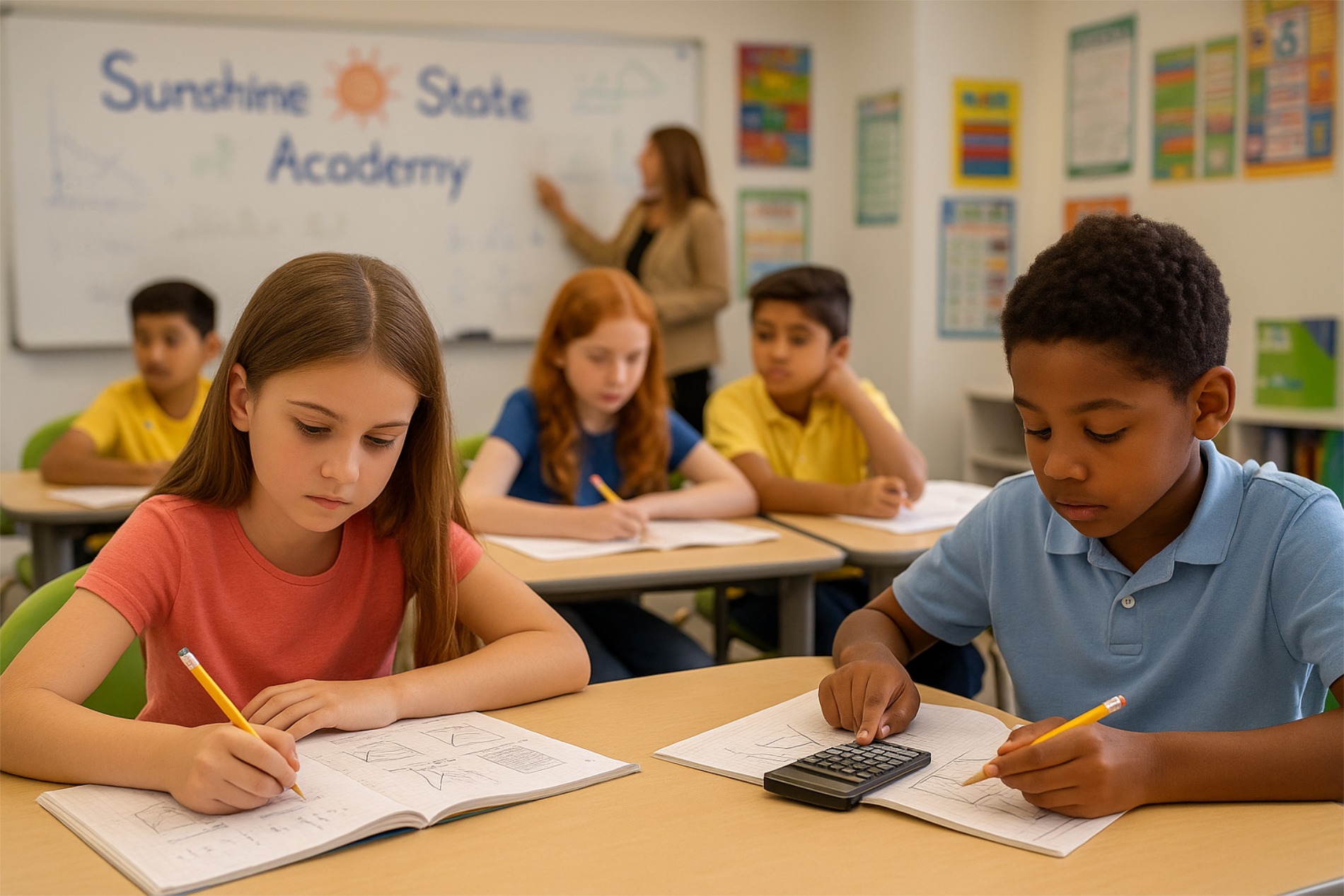
Science: Inquiry-Based and Investigative Learning
Science at Sunshine State Academy is taught through discovery, experimentation, and innovation:
- Emphasis on student-designed investigations and STEM projects.
- Cross-curricular connections to environmental studies, space science, and physics.
- Use of lab tools, simulations, and digital models.
Progression:
- K–2: Explorations of gravity, force, and living systems.
- 3–5: Deeper dives into astronomy, chemistry, energy, and ecosystems.

Social Studies: Critical Thinking and Global Citizenship
Sunshine State Academy’s social studies curriculum promotes:
- Global awareness and historical inquiry.
- Hands-on simulations, debates, and civic engagement projects.
- Focus on ethics, leadership, economics, and cultural understanding.
Progression:
- K–2: Understanding identity, community, and basic civics.
- 3–5: Exploration of world regions, government systems, and historical change.
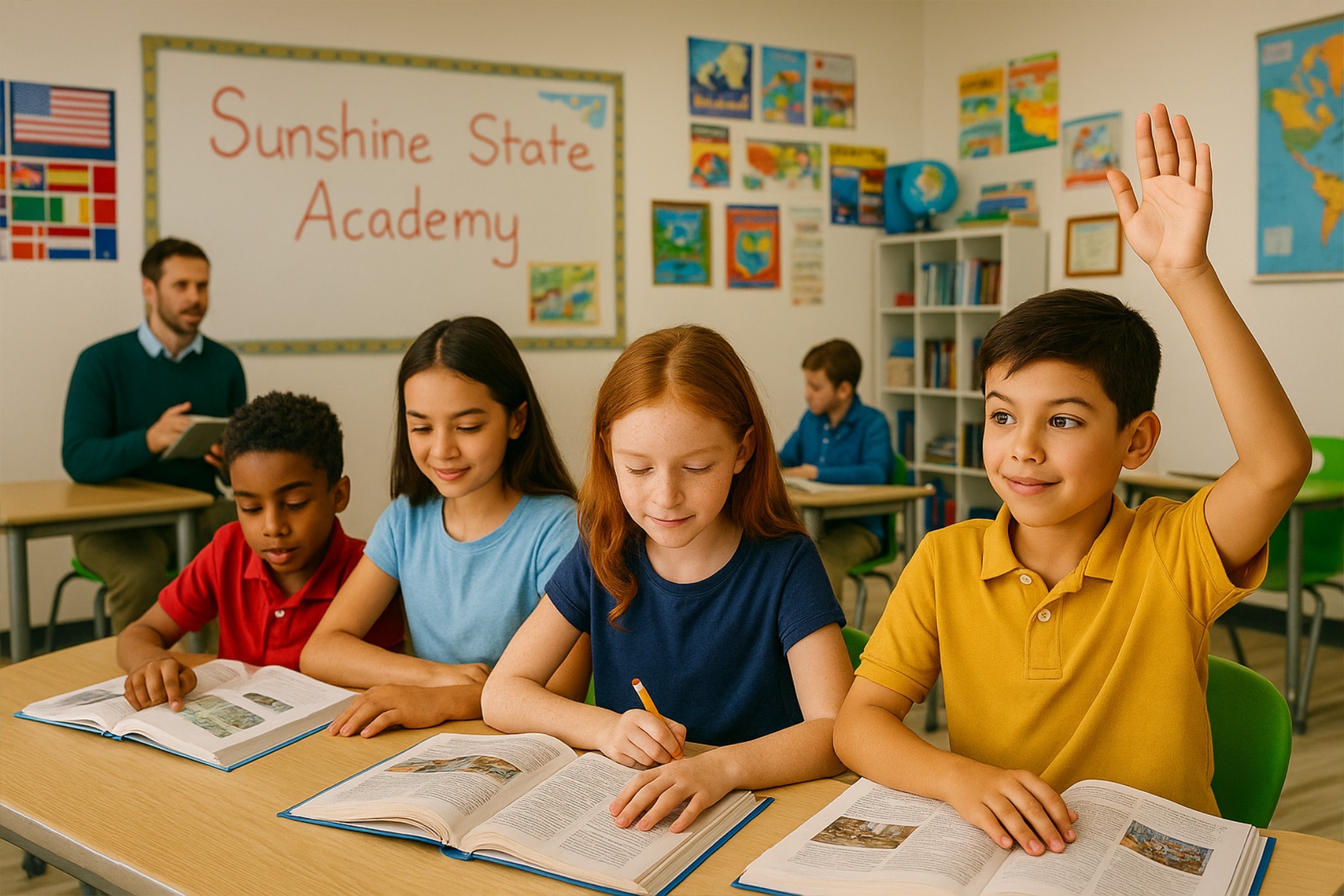
What Learning Looks Like at Each Grade
Kindergarten
Kindergarten is where big adventures begin in small, everyday moments — writing your name for the first time, counting crayons, or learning how to be a kind friend.
In Language & Literacy, students explore the magic of sounds and stories. They play with letter shapes, listen to books, grow their vocabulary, and begin writing simple words. Every day brings new confidence as they start to see themselves as real readers and writers.
Mathematics is hands-on and full of discovery. Children count to 100, add and subtract, sort and compare shapes and sizes, and explore patterns through play. They are introduced to the concept of time by learning parts of the day and beginning to read clocks to the hour — all in ways that feel natural and fun.
In Science, curiosity leads the way. Students observe the weather, use their five senses to explore the world, and ask questions like “Why does the sun feel warm?” or “How do plants grow?” With each discovery, they begin to understand the world around them.
Social Studies helps children understand themselves and others. They learn about families, classroom routines, holidays, and community roles. Through stories and shared experiences, they begin to feel what it means to belong.
Creative time is part of every day — through art, music, movement, and outdoor play, children express themselves freely, build social skills, and discover new ways to shine.
By the end of Kindergarten, students feel confident, curious, and ready to take their first independent steps as lifelong learners.
Grade 1
First Grade is when school starts to feel bigger — and so do children’s ideas, questions, and confidence.
In Language & Literacy, students take off as readers. They build fluency, read longer books, and begin to ask, “What does this mean?” They write in full sentences and short paragraphs, experiment with new words, and start to find their own voice on the page — as storytellers, thinkers, and learners.
Mathematics becomes a daily adventure in logic and problem-solving. Students explore number patterns, practice addition and subtraction, and work with place value to understand how tens and ones build bigger numbers. They measure, sort, and compare, and begin solving word problems using number lines, drawings, and mental strategies. They also explore time and money — reading clocks, identifying coins, and learning how mathematics connects to everyday life.
In Science, students become curious observers. They sort objects by properties like size and texture, explore light and sound, and notice how things melt, float, roll, or change. Hands-on experiments help them ask meaningful questions — and discover real answers.
Social Studies opens up ideas about community, citizenship, and culture. Students learn about maps, symbols, holidays, and everyday heroes. They begin to understand how rules work, how people help each other, and what it means to be part of a group.
Creative time through art, music, and movement allows students to express themselves, take risks, and connect with others. Learning becomes something they feel, not just think about.
By the end of First Grade, students are more confident in their voice, their thinking, and their place in the classroom community — ready for new challenges and ideas.
Grade 2
Second Grade is a time of steady growth — in reading, thinking, and discovering how everything starts to connect.
In Literacy, students become more confident and expressive readers. They explore longer stories and nonfiction texts, build vocabulary, and learn to share their own thoughts about what they read. Writing becomes more structured, with paragraphs that reflect their ideas, opinions, and growing understanding of the world.
Mathematics deepens their number sense. Students add and subtract within 100, work with place value in multi-digit numbers, and explore the basics of multiplication and arrays. They measure lengths, collect data, read simple graphs, and apply mathematics to real-life questions. Patterns and logic begin to take center stage as students think through different ways to solve a problem.
In Science, curiosity leads to hands-on learning. Students explore the life cycles of plants and animals, observe the seasons and weather, and experiment with materials that change, grow, or move. They begin to think like young scientists — testing, predicting, and learning from what they see.
In Social Studies, students take a closer look at their community and culture. They learn about citizenship, local history, and how traditions shape people’s lives. Through stories, projects, and discussions, they see how the world around them works — and where they fit within it.
Each day includes time for art, music, and movement, where students take creative risks, express ideas in new ways, and develop confidence that goes beyond academics.
By the end of Second Grade, students are more independent, more thoughtful, and more prepared to explore the “why” behind everything they learn.
Grade 3
Third Grade is a year of deeper thinking — when students begin to connect ideas, ask bigger questions, and explain their reasoning with growing clarity.
In Literacy, students read longer chapter books and explore nonfiction texts that build knowledge and spark curiosity. They discuss characters, settings, and main ideas, and begin comparing texts. Their writing becomes more structured — including responses, short reports, and creative stories that reflect their developing point of view.
Mathematics becomes a tool for real-world problem-solving. Students master multiplication and division facts, work with fractions, and begin solving two-step word problems. They analyze patterns, read charts and graphs, and explain how they arrived at an answer — learning that mathematics is not just about getting it right, but about thinking it through.
In Science, hands-on learning takes center stage. Students explore matter, motion, light, and space, building models and testing ideas through active experimentation. They ask thoughtful questions and start to use scientific language to describe what they observe.
Social Studies opens up a broader understanding of people, places, and connections. Students explore geography, regional cultures, and how communities function around the world. They begin to see themselves as part of something larger — connected to others both near and far.
Creative experiences through art, music, and movement continue to be essential. Students are encouraged to take creative risks, work collaboratively, and express what they know and feel in new, dynamic ways.
By the end of Third Grade, students are more self-aware, more skilled at solving problems, and more eager to explore the world with open eyes and an open mind.
Grade 4
Fourth Grade is a time for connecting ideas — across subjects, across experiences, and across time. Students begin to see how the pieces fit together, and how their voice and thinking are part of something bigger.
In Literacy, students dive into deeper texts and more complex themes. They analyze characters and author’s purpose, compare points of view, and begin forming arguments supported by evidence. Their writing becomes more purposeful — including reports, opinion pieces, and essays that reflect thoughtful reasoning and personal insight.
Mathematics becomes more layered. Students work with multi-digit multiplication and long division, deepen their understanding of fractions and decimals, and solve multi-step word problems. They explore patterns, use precise measurement, and apply mathematics skills to real-world scenarios that require both accuracy and logic.
In Science, questions get bigger. Students study ecosystems, energy, weather, and how matter changes. They explore how living things interact with their environment. They begin to see how systems work together — and how small changes can have big effects.
Social Studies takes students on a journey through time. They explore Florida’s history, examine early civilizations, and begin to understand the foundations of U.S. government. They connect historical events to modern life and begin to see how geography, culture, and history shape the world today.
Creative expression through art, music, and movement remains a vital part of learning. These experiences offer students new ways to communicate ideas, work collaboratively, and reflect on their growth.
By the end of Fourth Grade, students think more critically, express themselves more clearly, and carry a stronger sense of responsibility — to their learning and their place in the world.
Grade 5
Fifth Grade is a year of growing independence — a time when students begin to look outward toward the world and inward toward who they are becoming.
In Literacy, students read across genres and tackle more complex texts. They compare ideas, analyze arguments, and explore multiple perspectives. Writing becomes richer and more refined — including opinion pieces, narratives, and research-based projects that show a clear voice and a deeper understanding of purpose and audience.
Mathematics challenges students to bring together everything they’ve learned. They work with fractions, decimals, volume, and coordinate grids, and solve multi-step problems using logical reasoning and precise strategies. They apply mathematics to real-life scenarios, seeing it as a tool for decision-making, exploration, and creativity.
In Science, curiosity drives deeper investigations. Students explore Earth’s systems, the solar system, forces, energy, and atoms — using observation, evidence, and inquiry to explore both visible and invisible parts of the world. They build models, run experiments, and begin thinking like true investigators.
Social Studies becomes more personal and empowering. Students explore American history, geography, and government, and reflect on how people and events have shaped the world. They also ask important questions — about fairness, leadership, and how individuals can make a difference in their communities and beyond.
Creative opportunities through art, music, and movement help students explore their identity and express themselves in meaningful ways. These experiences provide balance, inspiration, and a chance to reflect — supporting both personal growth and creative confidence.
By the end of Fifth Grade, students leave with confidence in their skills, curiosity in their thinking, and readiness for the new challenges of middle school — not just prepared, but excited for what comes next.
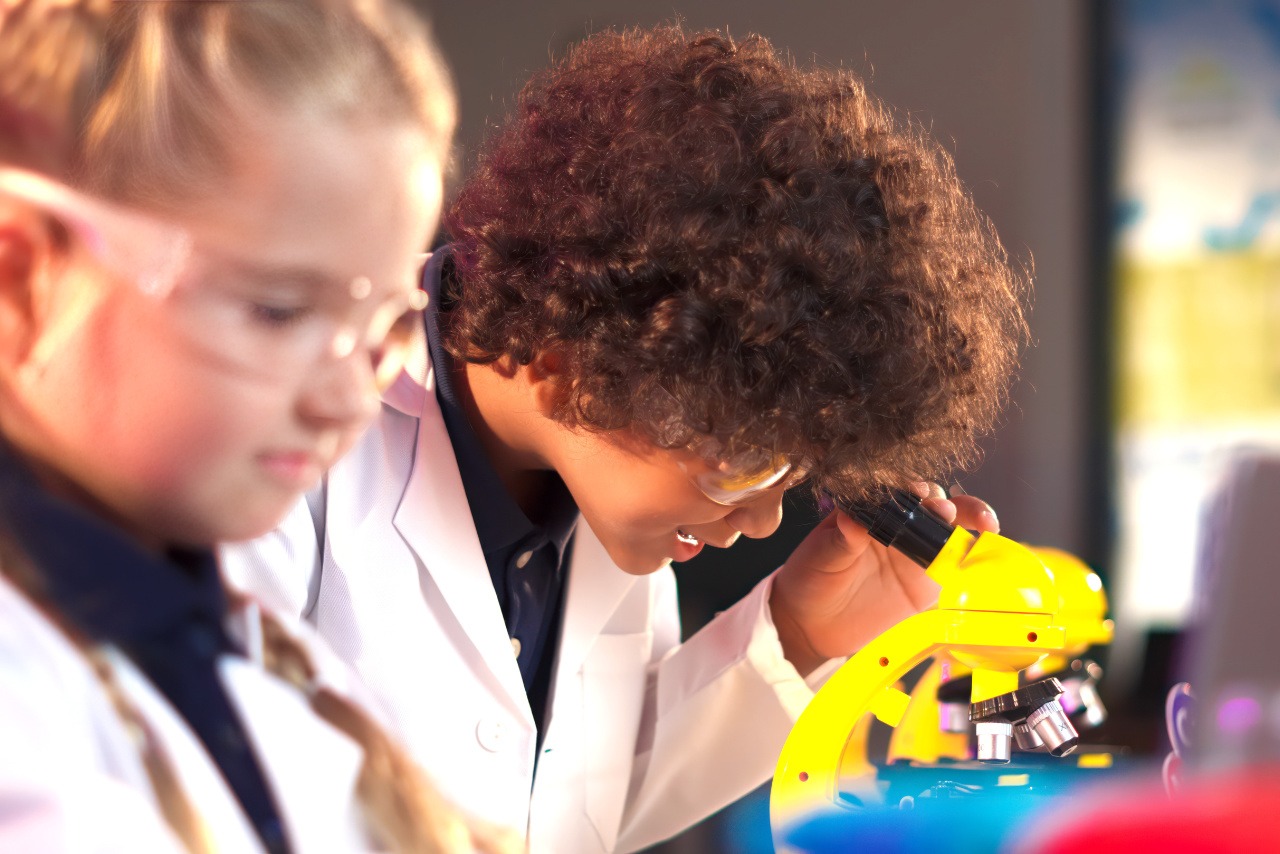

Explore our in-depth Elementary Curriculum
READING
- Key Ideas and Details
- Craft and Structure
- Integration of Knowledge and Ideas
WRITING
- Text Types and Purposes
- Production and Distribution of Writing
- Research
SPEAKING AND LISTENING
- Comprehension and Collaboration
- Presentation of Knowledge and Ideas
LANGUAGE
- Conventions of Standard English
- Knowledge of Language Vocabulary Acquisition and Use
COUNTING AND CARDINALITY
- Know number names and the count sequence
- Count number of objects
- Compare numbers
OPERATIONS AND ALGEBRAIC THINKING
- Work with addition
and subtraction equations - Foundations for multiplication
NUMBER AND OPERATIONS IN BASE TEN
- Place value
- Value of a base ten block and ones block
MEASUREMENT AND DATA
- Describe and compare measurable attributes
- Classify objects and count the number of objects in each category
- Work with time and money
GEOMETRY
- Analyze, compare, create, and compose shapes
CRITICAL THINKING AND REFLECTION
- Respond to music from various sources
- Identify various sounds in music
- Identify pitched and unpitched instruments
SKILLS, TECHNIQUES, AND PROCESSES
- Improvise a response to musical questions
- Sing or play songs from memory
- Perform simple songs
- Match pitches
- Imitate simple rhythm pattern
ORGANIZATIONAL STRUCTURE
- Respond to beat, rhythm, and melody
- Respond to music to demonstrate how it makes one feel
HISTORICAL AND GLOBAL CONNECTIONS
- Respond to music from diverse cultures
- Connect music, language, and numbers
MOVEMENT COMPETENCY
- Locomotor skills
- Creative-movement sequence
- Strike objects using body
- Balance a lightweight object
- Catch a variety objects
- Throw a variety of objects
COGNITIVE ABILITIES
- Safety rules and procedures
- Utilize technology during physical activity
- Recognize the concept of coordination for throwing/striking/kicking patterns
- Recite cues for a variety of movement patterns and skills
LIFETIME FITNESS
- Participate regularly in physical activity
- Identify a moderate physical activity
- Identify a vigorous physical activity
RESPONSIBLE BEHAVIORS AND VALUES
- Exhibit responsible personal and social behavior that respects self and others in physical-activity settings
NATURE OF SCIENCE
- Scientific inquiry
- The processes of science and the scientific method
- Scientific argumentation
- Scientific observation and inference
PHYSICAL SCIENCE
- Forms of Energy
- Motion of objects
- Forces and changes in motion
- Properties of matter
LIFE SCIENCE
- Organization and Development of living organisms.
- Heredity and Reproduction
- Interdependence
EARTH AND SPACE SCIENCE
- Earth in Space and Time
- Earth Structures Earth Systems and Patterns
AMERICAN HISTORY
- Historical Inquiry and Analysis
- Historical Knowledge
- Chronological Thinking
GEOGRAPHY
- The World in Spatial Terms
- Places and Regions
- Physical System
ECONOMICS
Beginning Economics
CIVICS AND GOVERNMENT
- Foundations of Government, Law, and the American Political System
- Civic and Political Participation
- Structure and Functions of Government
CRITICAL THINKING AND REFLECTION
- Appreciate, interpret, and create
SKILLS, TECHNIQUES, AND PROCESSES
- Creating, interpreting, and responding to art
- Development of skills, techniques, and processes
ORGANIZATIONAL STRUCTURE
- The structural rules and conventions of art
- Verbal and non-verbal communication
HISTORICAL AND GLOBAL CONNECTIONS
- Cultural trends and historical events
- Connections among the arts and other disciplines
BEGINNER LEVEL SECOND LANGUAGE
- Interpretive Listening
- Interpretative Reading
- Interpersonal Communication
- Presentational Speaking
- Presentational Writing
- Culture
- Connections
- Comparisons
- Communities
